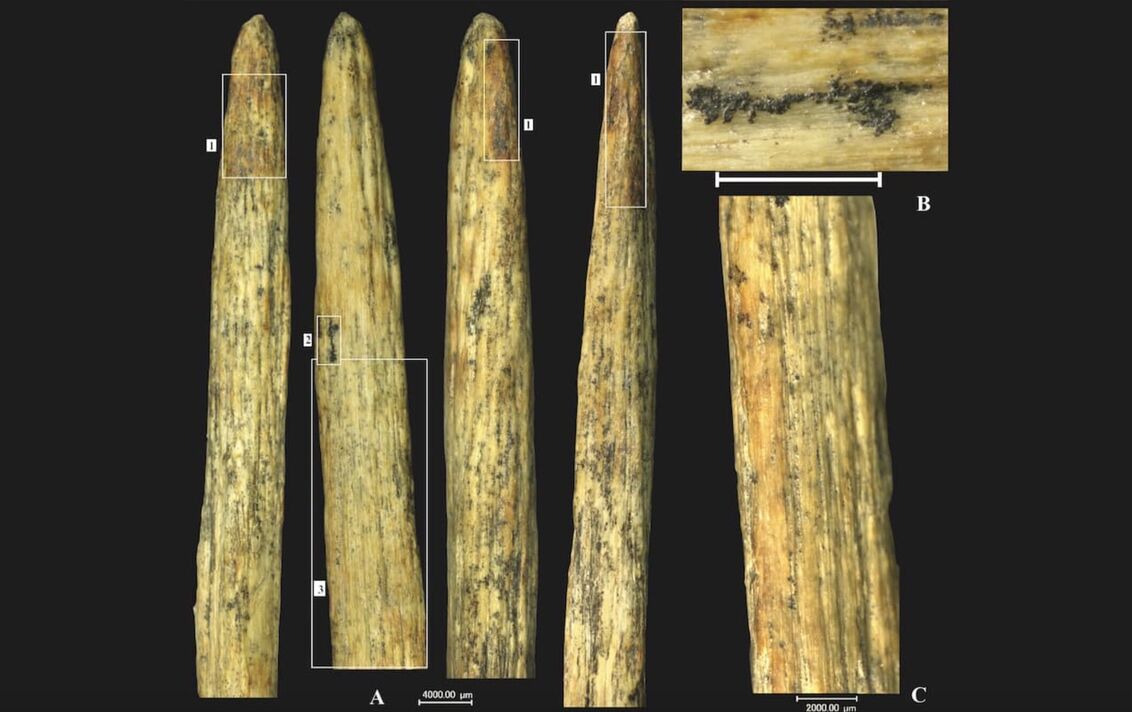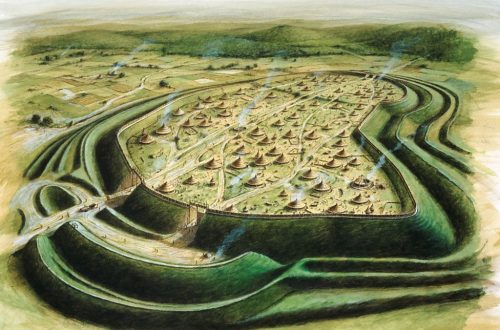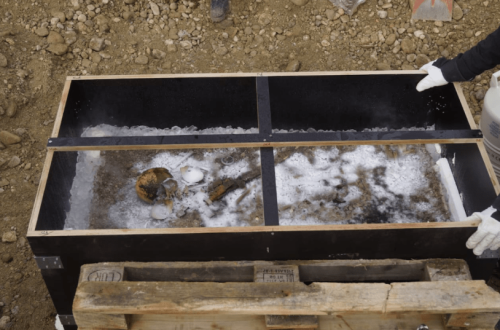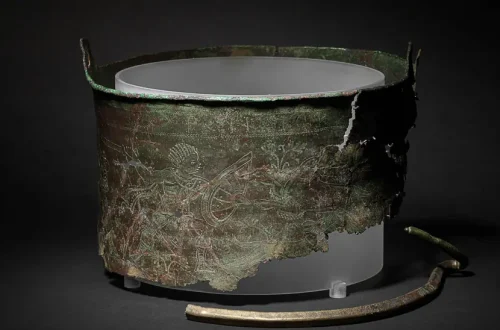A remarkable discovery in northern Spain has uncovered what is believed to be Europe’s oldest bone spear point, dated to approximately 52,000–54,000 years ago. Found at the Abric Pizarro rock shelter in the Pyrenees, this artefact highlights the advanced tool-making skills of Neanderthals, offering fresh insights into their technological capabilities.
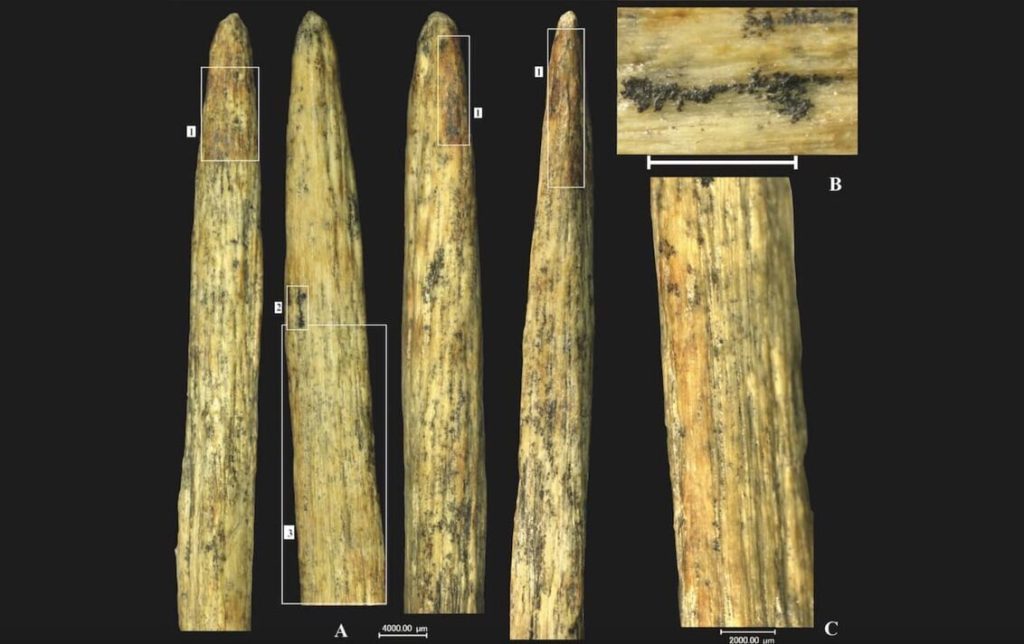
An international team of archaeologists unearthed a finely crafted spear point made from a horse’s long bone during excavations at Abric Pizarro. Analysed using advanced radiocarbon dating, the artefact is estimated to be 52,000–54,000 years old, making it older than other known bone tools in Europe, such as those found at Mezmaiskaya Cave, Russia, by researchers like L.V. Golovanova. Shaped through meticulous scraping and polishing to form a sharp, aerodynamic point, the spear tip was likely hafted onto a wooden shaft, demonstrating Neanderthal ingenuity.
This bone spear point reveals Neanderthals’ ability to craft sophisticated tools from materials beyond stone, challenging earlier views of their technological limitations. Researchers suggest the tool was used for hunting or butchering, reflecting the adaptability and resourcefulness of these ancient humans. The discovery pushes back the timeline of bone tool use in Europe, underscoring Neanderthals’ role as early innovators.
Abric Pizarro has yielded a wealth of Neanderthal artefacts, including stone tools, animal remains, and hearths, indicating prolonged occupation. The spear point stands out as evidence of Neanderthals’ advanced craftsmanship, predating the arrival of modern humans in Europe. This find prompts a reassessment of Neanderthal contributions to early human history and their technological prowess.
Archaeologists plan to continue studying the spear point to uncover more details about its creation and use. Microscopic analysis may reveal further details about the horse bone, such as whether it came from a freshly killed animal, and the precise techniques Neanderthals employed. This artefact paves the way for new explorations into Neanderthal life and their interactions with their environment.

